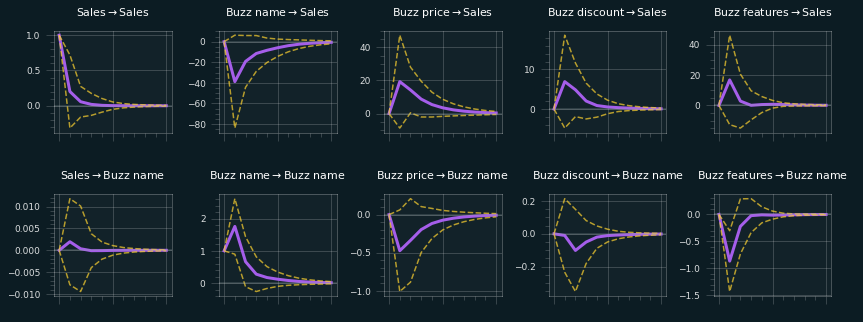The automobile industry is one of the more dominant sectors of the global economy, which utilizes over 15 million skilled workers. If we were to account for the people associated with the automotive services, the number would quadruple. Over 78 million cars were sold globally in 2018.
There has been a lot of volatility in automobile sales recently. Often manufacturers are blindsided by these trends. As India is going through a major downturn in automobile sales, we decided to delve into this market a little deeper. India has been one of the larger markets for cars, clocking 2.5 million units in 2018.
At DeepFlux, we have built a technology stack that tracks social and search signals on a real-time basis. We track Google searches, YouTube & Instagram engagement as well as Facebook & Twitter posts. We thought this data could be used to forecast car sales. We explored these signals for over 20 cars in the Indian market including major segments like SUVs, Sedans. Compact and Mini models. Sales of most of these models came out to be heavily dependent on a range of these buzz factors.
We track price buzz, product name buzz, discount buzz, and feature buzz. Price buzz is when people are searching or talking about prices for a particular car model. Product name buzz is simply searches and social chatter around that car. Discount buzz is when potential customers are looking for discounts. And feature buzz is all the chatter and searches around features of that particular car.
We did an analysis of how all these buzz factors affect and impact sales.

Interestingly enough, price, discount and feature buzz form the leading indicators for car sales. On the other hand, often product name buzz is more of a lagging indicator. This is intuitively viable, as potential customers are more focussed on these details of price, discounts, and features for a particular car model than just the product name.
Our model uses state of the art time series forecasting algorithms that are based on autoregressive factors. Over our time series forecasting models, we use other information like the buzz factors mentioned earlier and the month of the year. We allow for the presence of non-linear intricacies of the real data, which gives us an interpretable result.
We use a weighted additive method to combine these non-linear effects and use the combined function to predict sales. This prediction model was run on several cars and it attained results with almost 95% accuracy.

We found that sales are seasonally affected. Vehicle sales pick up in the months of February, March, October, and November. (These patterns vary a little by the vehicle in question). This coincides with the major Indian festivals of Holi and Diwali as well as the financial year-end.
After taking into account the seasonal variation from the sales, we were able to explain the various irregularities in the sales by our buzz factors. We see that buzz variations (a derivative of various buzz indices, mentioned as Buzz Slope in the Bolero Model) had a direct correlation with the change in observed sales. Spikes in buzz follow a similar pattern over time as observed sales.

In this forecast of Mahindra Bolero, we see it almost mimicking the actual sales.
Our model is able to predict the sharp drop in mid-2016. It also captures the sharp rise and subsequent fall in the early quarter of 2017, following a dip and another rise around October the same year! Following it, we see the model predicting, to almost perfection the decline in sales around April 2019.
These models and the correct incorporation of online buzz improve the accuracy of sales forecasting. It can lead to better scope of understanding the fine balance between factors, resources, capabilities affecting sales. More granular predictions will also lead to better optimization for marketing and distribution resulting in more sales.
DeepFlux is working with Fortune 100 companies and unicorn startups to increase their revenues. Get in touch to see how we can help you.
By Sanchaita Hazra, Kartikay Bagla and Harshit Surana.
Sanchaita and Kartikay built automobile prediction models as part of their DeepFlux internship.

